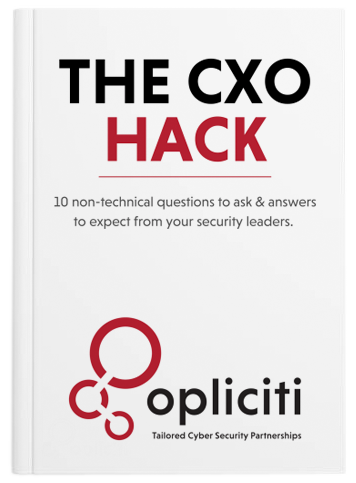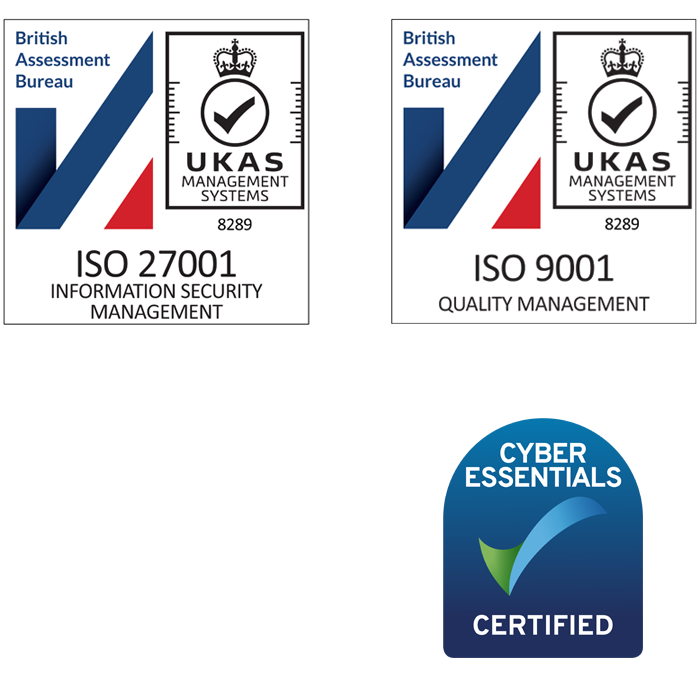Real Estate and Construction
The pandemic, market unpredictability and climate change agendas have further pressured building owners to improve operational efficiency and cost saving.
This continues to fuel reliance on technology.
Smart buildings can collect data from their IoT systems and use that data to adjust, for example, lighting, heating and water temperature, becoming more energy efficient and meeting more stringent regulations.
IoT systems are now viewed as strategically valuable to the future of smart buildings.
However, many of these connected systems increase the cyber attack surface area, opening avenues of attack to existing building management systems that are inherently vulnerable. Furthermore, once these systems are installed, continued management is often unclear, never falling distinctly between facilities, IT or OT function ownership.
Challenges
Smart buildings are attractive targets
Cyber-attack against both OT and the IoT is on the rise. Smart buildings use IoT which are typically not as well protected. IoT vulnerability can be exploited by attackers who can then pivot to other connected systems.
Cyber-attacks can stop operations
Cyberattacks can threaten safety, comfort, reputation and financial loss. Understanding risk and impact is key to prioritizing security investment and effort. Managing risk requires ownership and agreed strategy.
Attacks cause financial and reputation damage
It’s important to create a strategy underpinned with industry best practice that balances productivity with security and resilience across IT, OT and IoT devices for corporate and the supply chain.
Increasing regulation requires compliance


